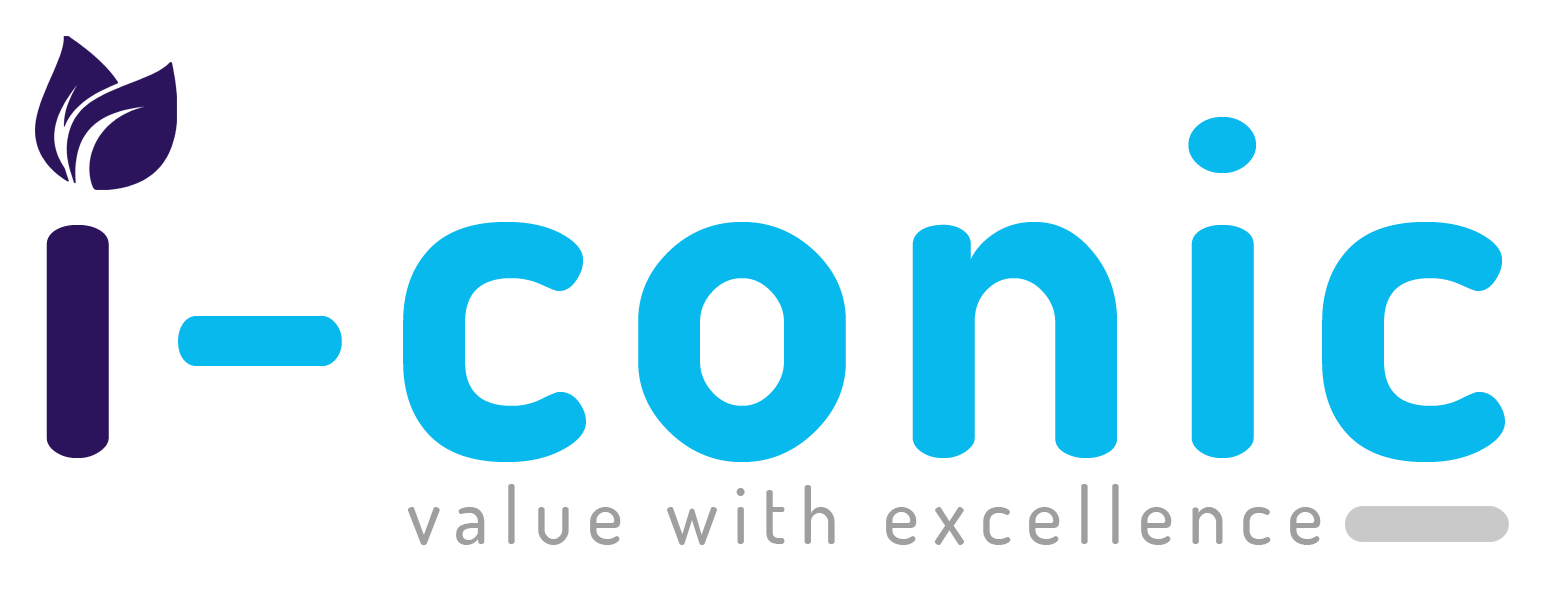Audits by both government and private insurers frequently uncover instances of improper medical billing. While you rightfully deserve compensation for the healthcare services you render, it’s crucial to adhere to proper billing practices to safeguard your reputation and ensure the continued success of your practice.
Medical coding inaccuracies broadly fall under the classifications of “fraud” and “abuse.”
The American Medical Association (AMA) offers valuable resources to assist healthcare professionals in accurately billing procedures and services. These resources include guidance on the Current Procedural Terminology (CPT) code set and Healthcare Common Procedure Coding System (HCPCS) codes.
As the CPT code set continues to evolve, you can proactively prepare for upcoming changes by attending events like the Outpatient CDI Workshop and the CPT and RBRVS 2026 Annual Symposium, both scheduled virtually from November 19–21.
The Outpatient CDI Workshop is designed to deepen your understanding of outpatient documentation requirements, offering two distinct programming tracks tailored to your clinical documentation improvement (CDI) objectives.
The CPT and RBRVS 2026 Annual Symposium stands as the world’s exclusive medical coding conference presented by the very experts responsible for developing the CPT code set. Each year, hundreds of CPT codes are updated to reflect the latest advancements in patient care. For over three decades, the AMA has hosted this authoritative educational event, providing healthcare professionals with primary source information and expert insights on how to utilize the most current CPT codes for high claims accuracy and prompt reimbursement.
Here are some of the most frequent coding errors to diligently avoid:
Unbundling Codes
When a single, comprehensive code exists to cover all component parts of a procedure, that code should be used. “Unbundling” refers to the erroneous practice of using multiple CPT codes for individual parts of a procedure. This can occur either due to a misunderstanding of coding guidelines or an attempt to inflate reimbursement.
Upcoding
Consider this scenario: You are a physician in a specialty, such as oncology, that frequently treats highly complex patients. If you consistently report the highest-level evaluation-and-management (E/M) service, irrespective of the patient’s actual presenting condition, this could be an issue. While not always upcoding, it’s imperative to accurately report the E/M code level based on the patient’s specific condition, rather than simply on your specialty.
Instances of outright fraudulent upcoding serve as stark warnings. For example, one psychiatrist faced a $400,000 fine and permanent exclusion from Medicare and Medicaid participation, partly due to upcoding. This individual billed for 30- or 60-minute face-to-face patient sessions when, in reality, meetings lasted only 15 minutes for medication checks.
Neglecting National Correct Coding Initiative (NCCI) Edits
The Centers for Medicare & Medicaid Services (CMS) established the NCCI to ensure adherence to correct coding methodologies and prevent inappropriate payments for Medicare Part B claims.
These automated prepayment edits are triggered by analyzing every pair of codes billed for the same patient on the same service date by the same provider to determine if an NCCI edit applies. If an edit exists, one of the codes is typically denied. NCCI edits often provide a list of available CPT modifiers that may be used to override the denial. However, in certain cases, clear directives state that no modifier can override the denial.
Example: You bill for both a lesion excision and a skin repair on the same service date. CPT coding guidelines indicate that simple repairs are included within excision codes, making separate coding for the repair incorrect and subject to an NCCI edit. However, if the repair was performed at a different anatomical site than the lesion removal, it is appropriate to bill for both, appending a modifier to inform the payer that the repair was distinct from the excision.
Incorrect Modifier Usage
This involves either failing to append the appropriate modifiers or appending inappropriate modifiers. For instance, incorrectly reporting modifier 50 (Bilateral Procedure) on a procedure code that inherently includes bilateral service.
Overuse of Modifier 22 (Increased Procedural Services)
Proper documentation is essential when using modifier 22 to justify why a procedure required significantly more effort than usual.
Example: You excise a lesion located in the neck crease of a severely obese patient. The patient’s obesity significantly increases the difficulty of the excision. In such a case, appending modifier 22 to the procedure code can accurately reflect the increased complexity of the service.
Improper Reporting of Infusion and Hydration Codes (Time-Based)
Accurate documentation of start and stop times is critical for medical coders to correctly bill for these services, which are time-based. Additional complexities arise when services span two different service dates.
Example: A continuous intravenous hydration is administered from 11 p.m. to 2 a.m. In this scenario, instead of reporting it as a continuous infusion, the two administrations should be reported separately as initial (96374) and sequential (96376) services.
Reporting Unlisted Codes Without Documentation
If you must use an unlisted code to accurately bill for a service, it is absolutely mandatory to provide comprehensive documentation supporting the service rendered.



